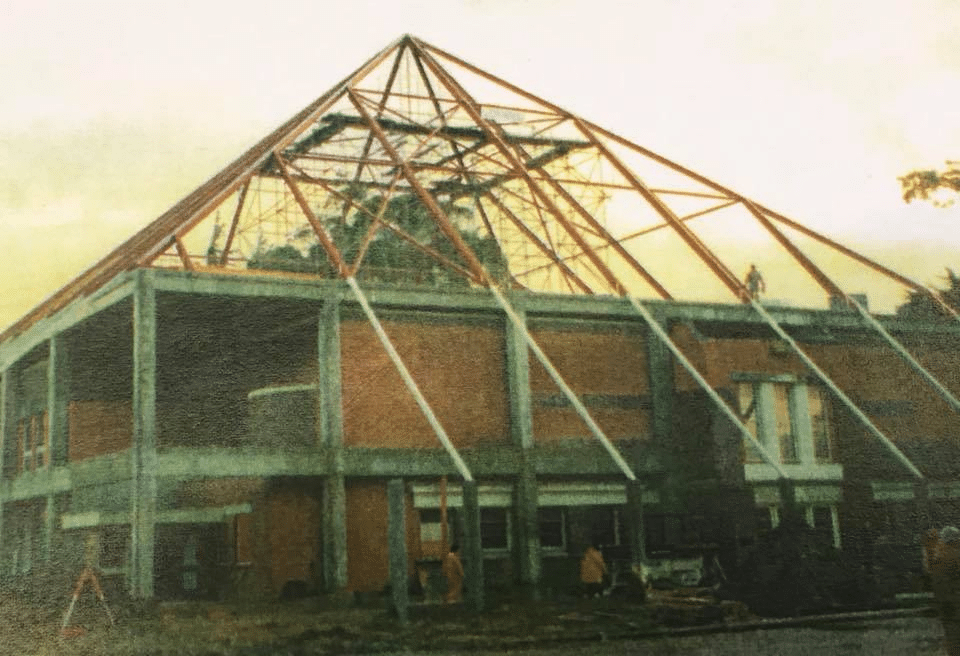
- Invercargill’s first museum began in 1872, evolving from a small shop to a cultural landmark.
- Faced with spatial challenges, it moved several times, expanding and adapting to meet community needs.
- The museum closed in 2018 due to earthquake risks, with the demolition of the iconic pyramid roof scheduled for April 15.
In 1872, Invercargill opened its very first museum within a modest Scotch Pie shop on Dee Street. This unique establishment quickly became a local curiosity, housing a diverse collection including a live monkey, a tortoise, a kiwi, and a kakapo. Its array of preserved insects, stuffed birds, seals, and other artifacts drew consistent foot traffic.
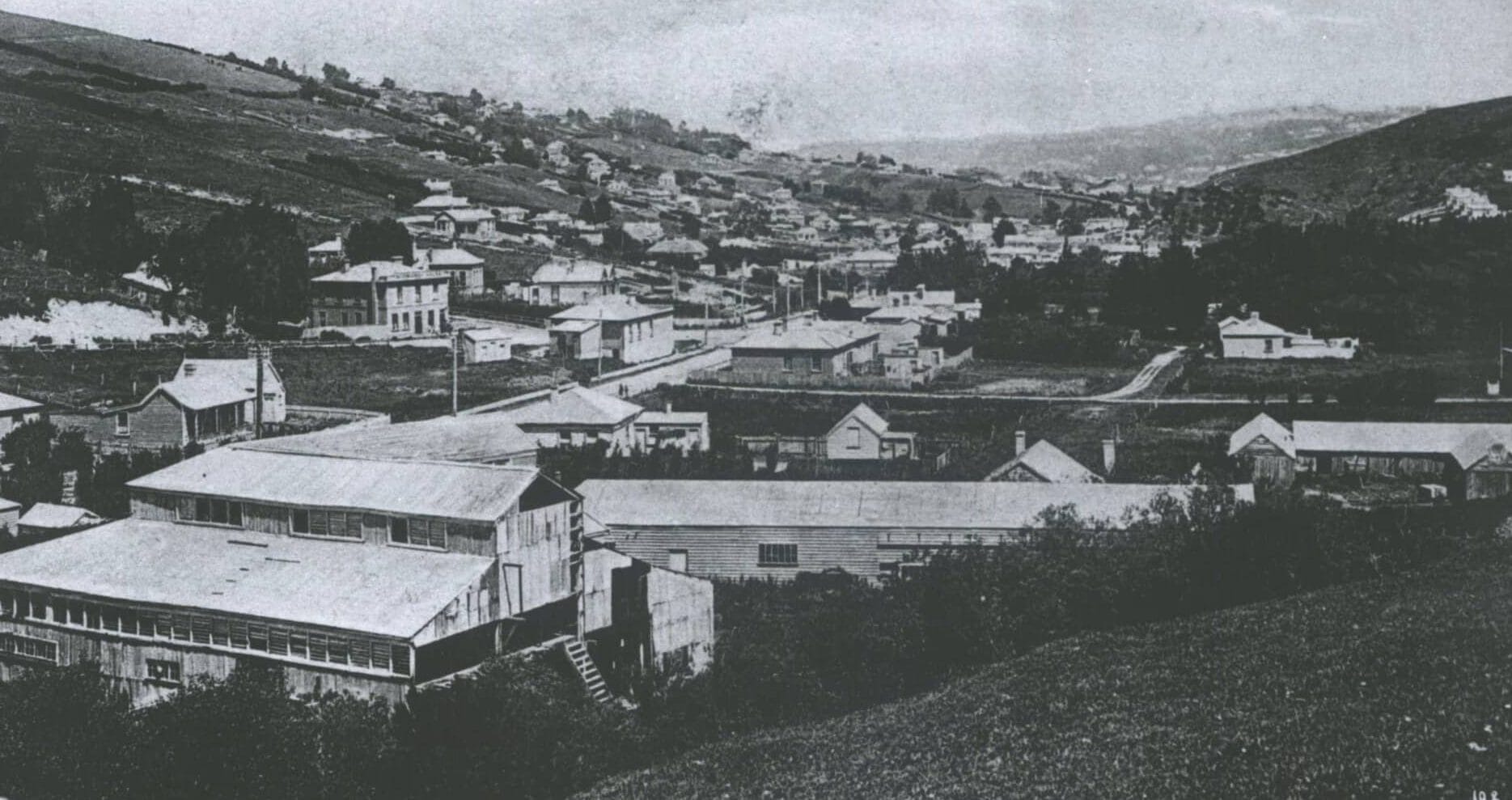
By 1876, the burgeoning collection needed more space and was relocated to an Edwardian Baroque building next to Post Office Square. This new home, known as the Athenaeum, served dual purposes as both a library and a museum, establishing itself as Invercargill’s hub of knowledge and culture. Here, a beloved tuatara roamed freely, becoming a local celebrity.
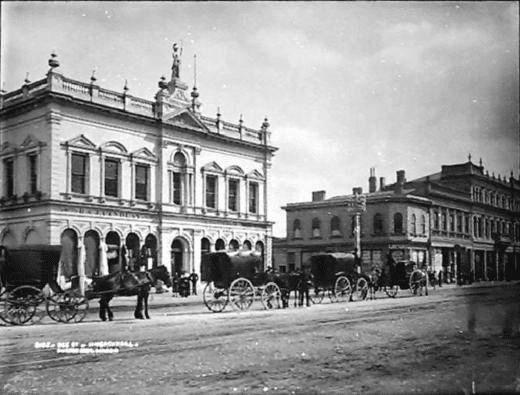
The Athenaeum on corner of Esk and Dee street, basically where Wachner place is now. Note that Minerva from outside of the museum is standing proudly on top of this glorious Edwardian/ Victorian structure. Photo: Old Invercargill.

The museum’s growth continued but was hindered by spatial limitations, prompting a move in 1912 to the Southland Technical College. Efforts in the 1930s to develop a new Provincial Museum in Queens Park materialized in 1942, despite setbacks from wartime shortages, marking a significant achievement for the community. Related: Demolition Of Museum Pyramid Starts Next Week

Despite its eventual closure in 1959 due to financial constraints, the museum’s legacy was reignited through public support. This led to the expansion of its facilities in the 1960s and 70s, including an art gallery, a shop, and an observatory.
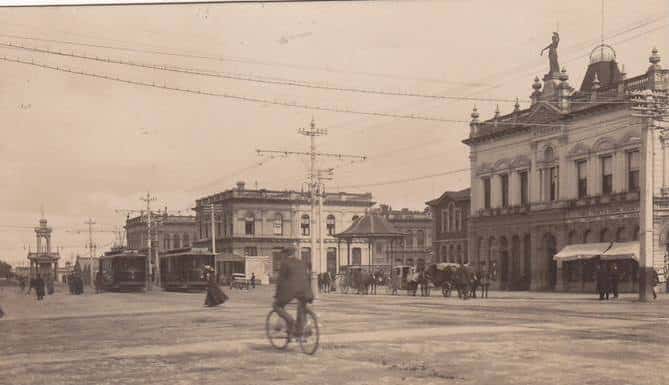
The museum enjoyed a resurgence in popularity, highlighted by the introduction of a tuatara named George in the early 1970s, which endeared the museum to the public even more.

In 1990, a pyramid roof was installed to provide additional space while preserving the original structure. This architectural feature became a symbol of the museum, which boasted the highest per capita attendance of any provincial museum in New Zealand by 1992.
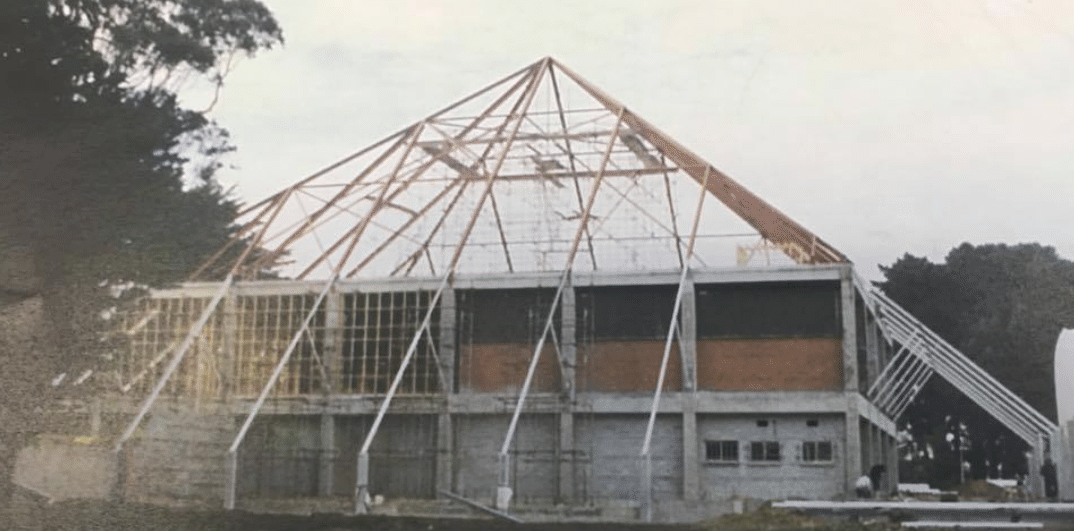

The museum faced challenges again in 2008 with redevelopment plans halted due to structural issues elsewhere in the city. It closed in 2018 due to earthquake risks, and the demolition of its iconic pyramid is set to commence on April 15.
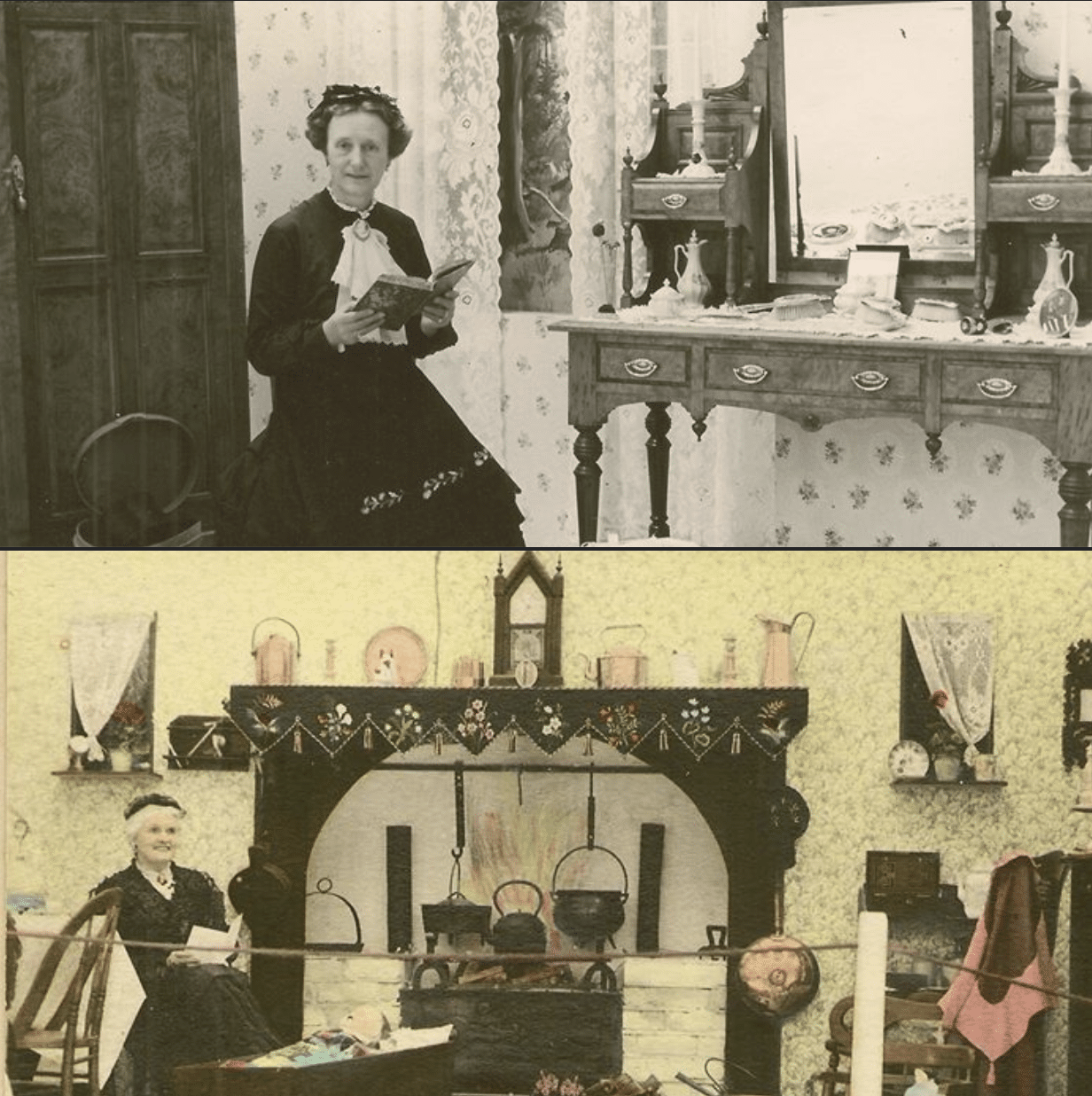
In 2018 Invercargill’s museum closed indefinitely due to earthquake risk. Hopefully what ever form a future museum may come in, it will be built to last this time.
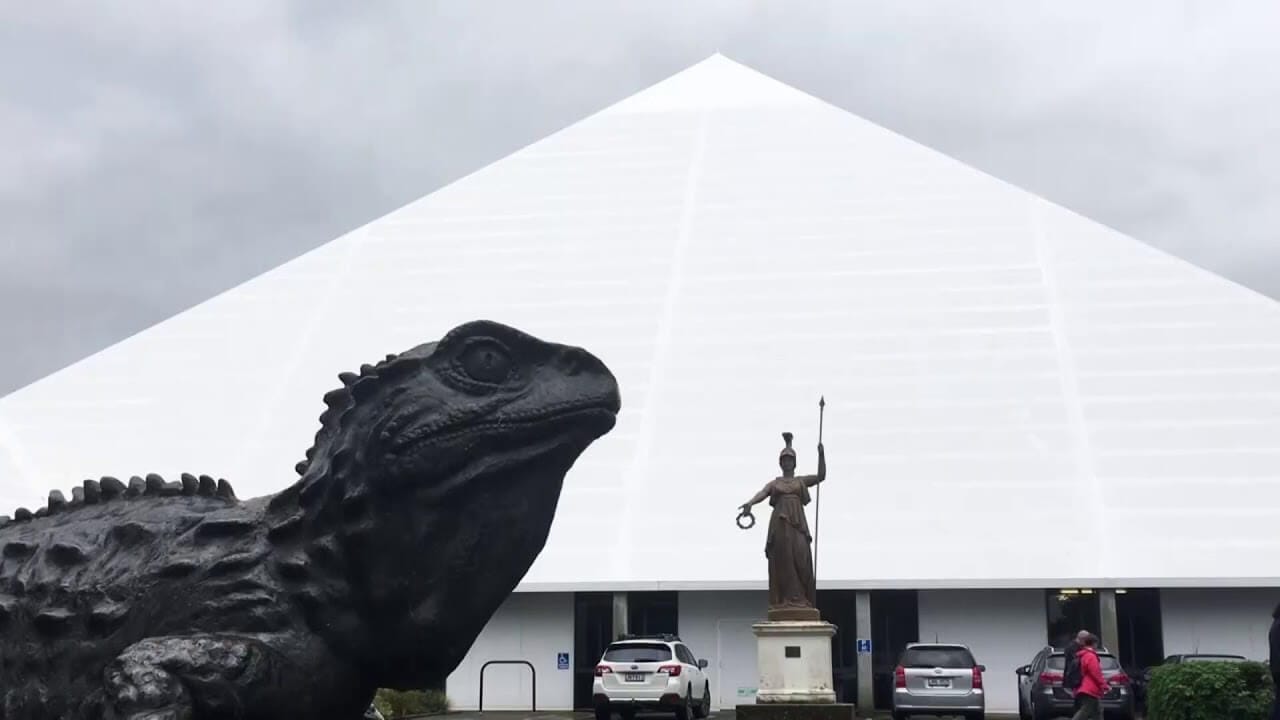
The demolition of the pyramid is scheduled to begin on April 15. “For over three decades, this pyramid has been a backdrop to Invercargill’s daily life. It’s fitting we send it off with a tribute to the memories it hosted,” added Wallace.

